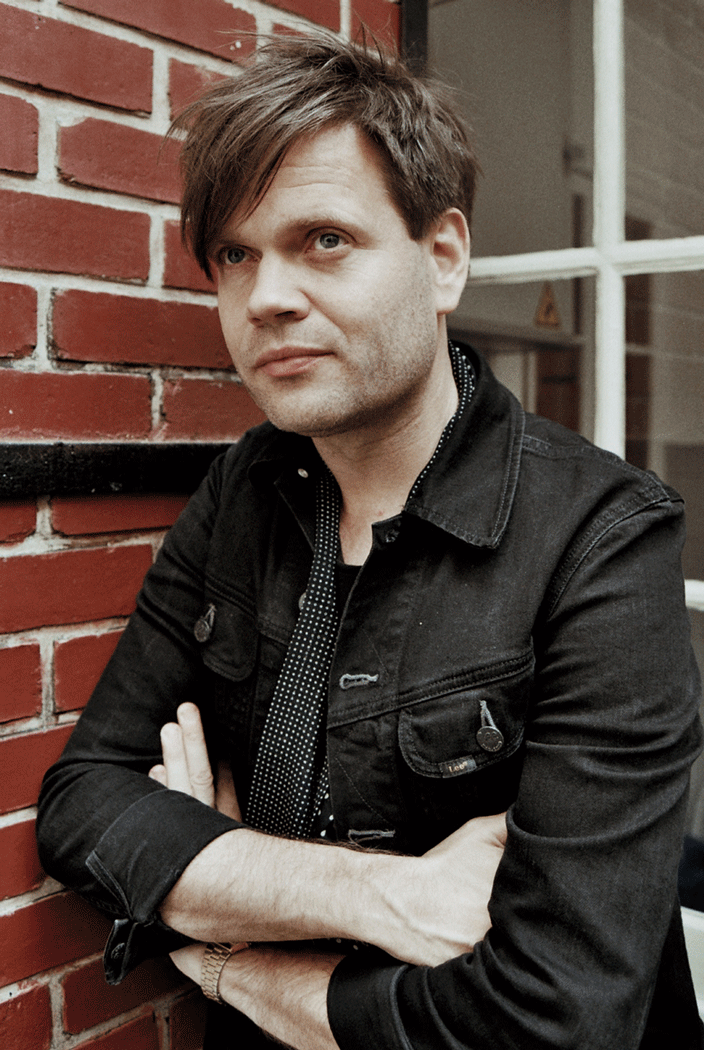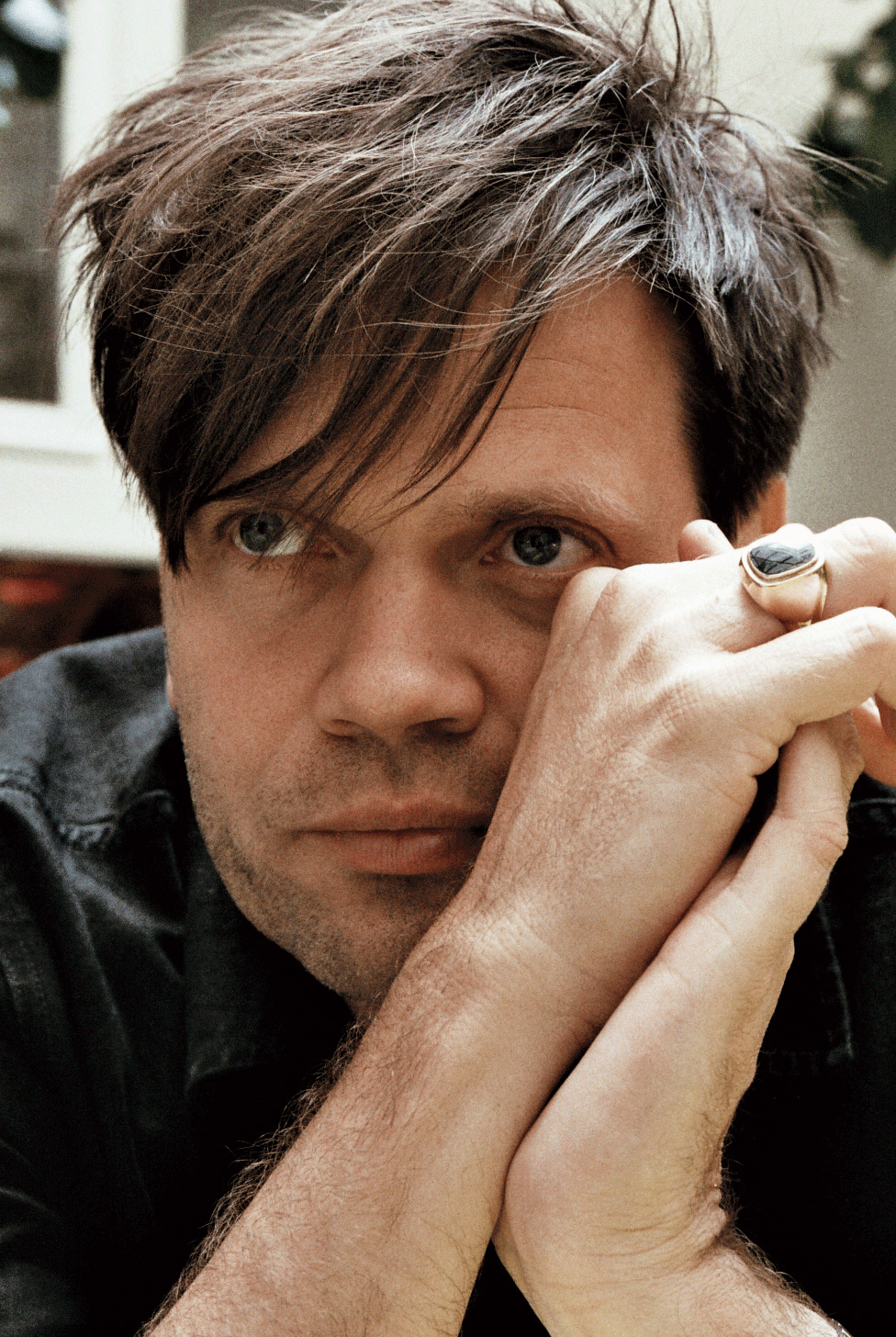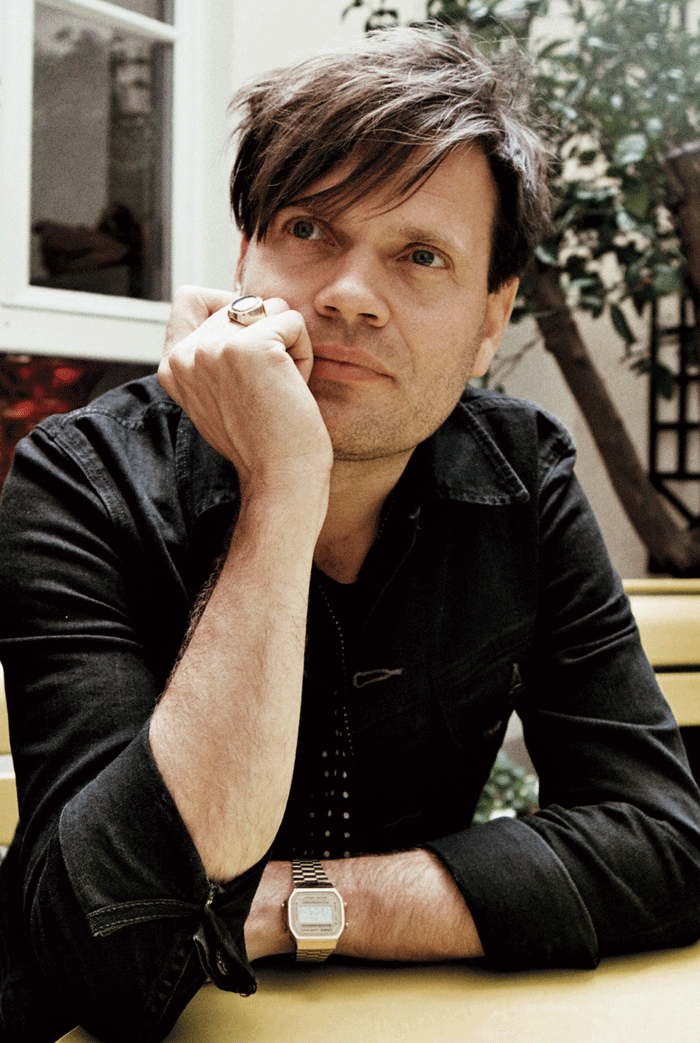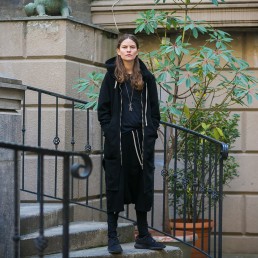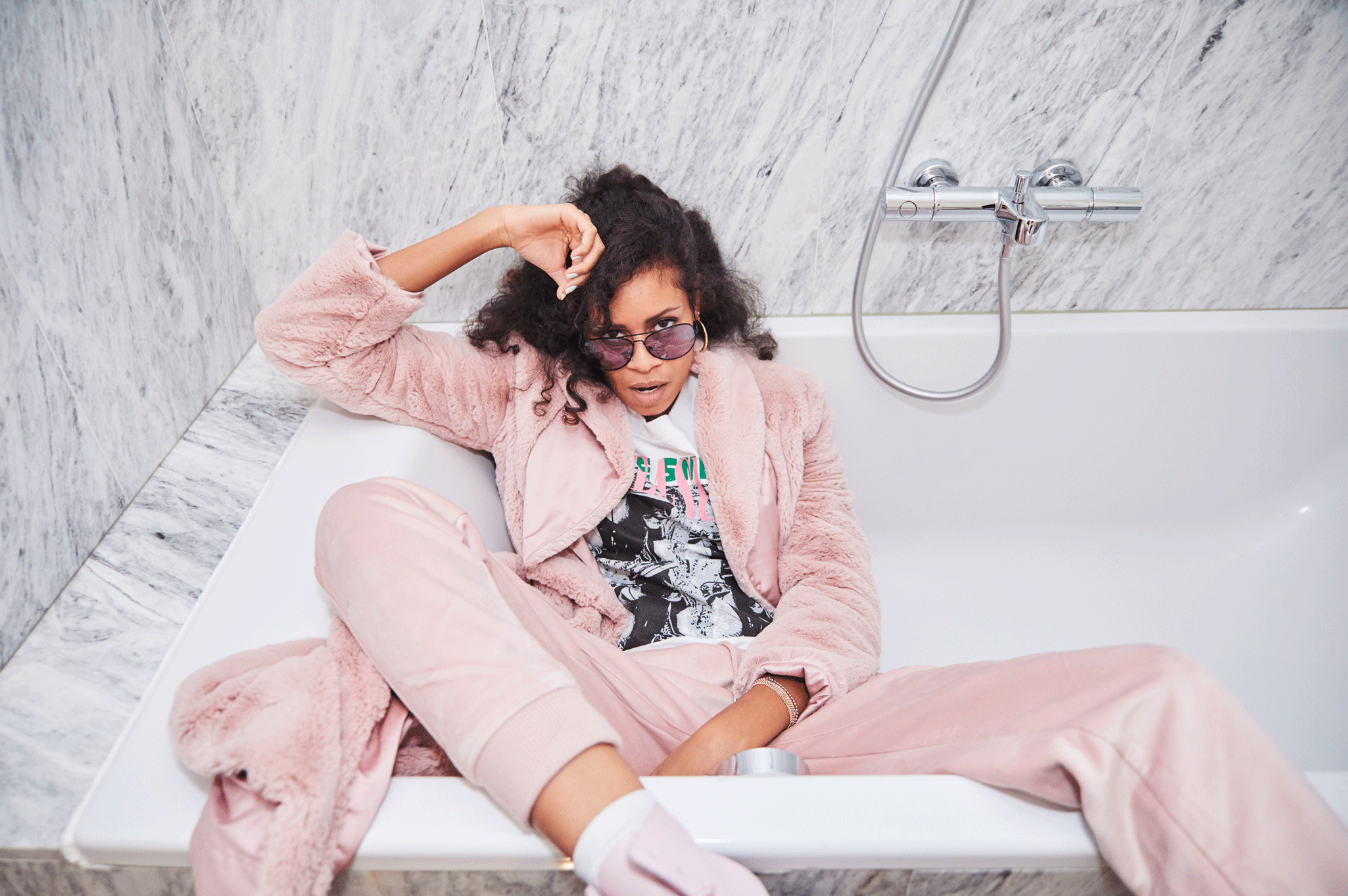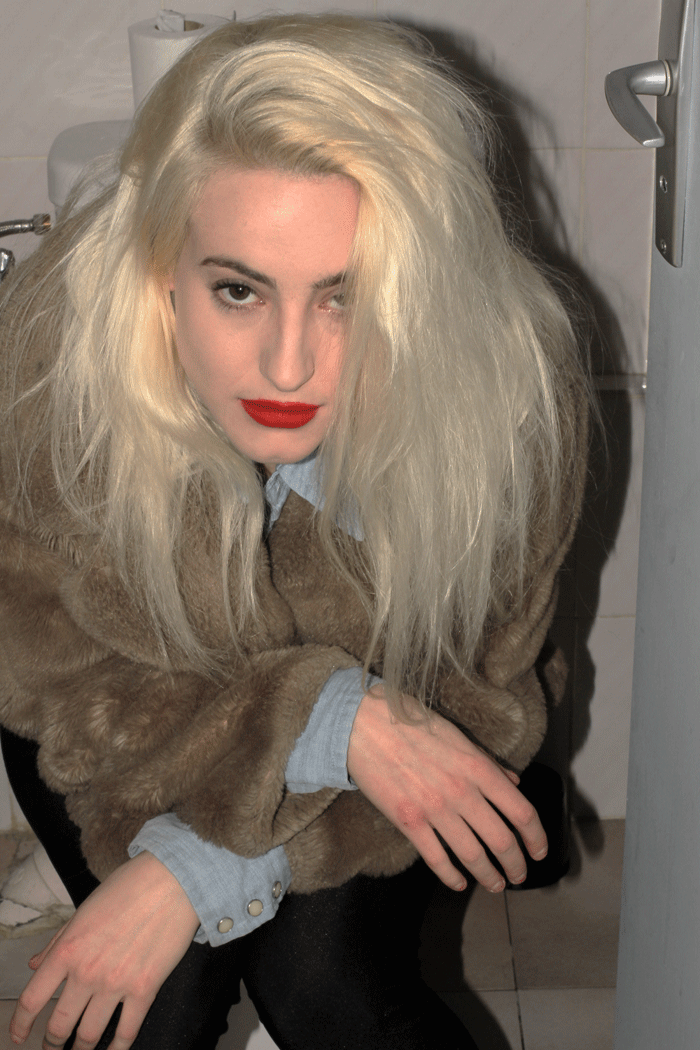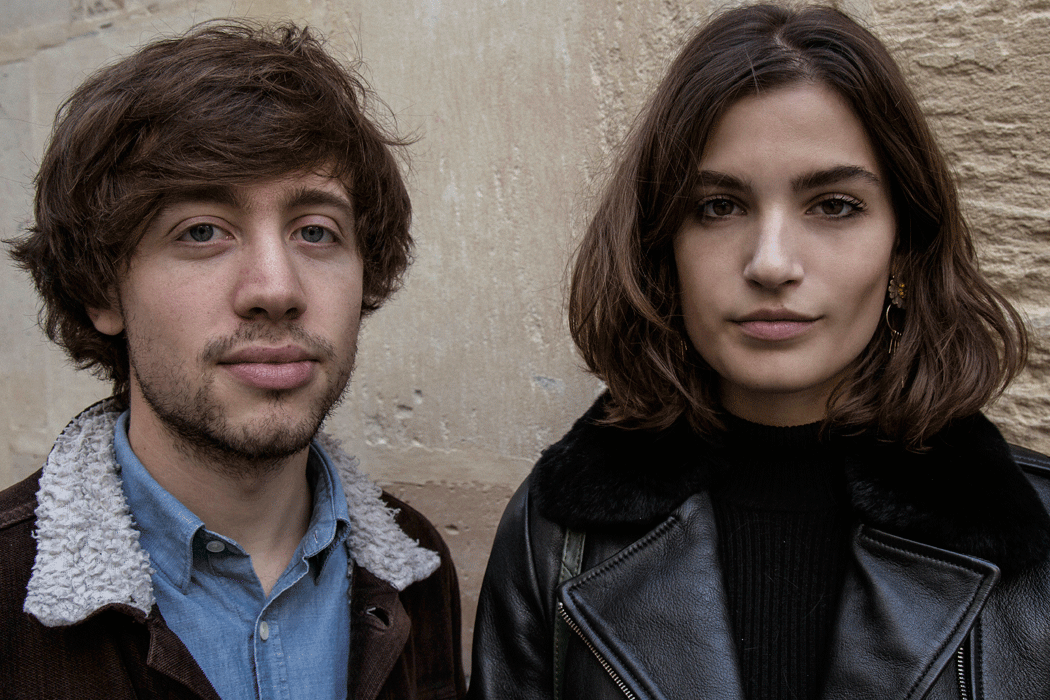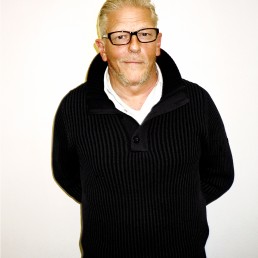Back in September, Anders Trentemøller released FIXION, a worthy successor to Lost in 2013 – an album that captured the visceral Trentemøller live experience as a group. Where Lost is built around the classic dark and cinematic Into the Great Wide Yonder, FIXION appropriates the characteristic melancholy Dane to form a unique work in terms of atmosphere and enigmatic romance.
Your new album FIXION invents new imaginary inner graces. What is the role of the visual component and how is the process of creating a music video?
It is a love hate relationship I have with music videos because videos have so much power and for me the most beautiful thing about is music is that you create your own visuals in a way. In a perfect world, there would be no music videos if you ask me. On the other hand, sometimes it can make the storytelling stronger, especially when the director is doing his own take on the music taking inspiration from the whole vibe and atmosphere of the music. I am not thinking in visuals when I create music though. I prefer that people create their own worlds like in the way you read a book.
Your new single River in Me features Jehnny Beth from Savages and suggests more lyrical driven songs. Was it natural to escape in a certain way from the more atmospheric Trentemøller?
For me, it was natural as the first few albums were cinematic in a way. This time I wanted to cut to the bone of each song, not throw so many layers so we could see the essence of the song. When the songwriting, melody and vocals are strong, you don’t need the layers. I still sneak in some details, so when you listen to the song the fourth or fifth time, especially on headphones, you can discover new details. The layers are there, but not as clear as earlier works. Its more spacy and minimal than earlier.
What influenced you while working on this album?
This album was mostly done during the winter time and my studio is quite close to the beach. Every day before going to the studio, I would take long walks along the beach to get into the vibe and just clear my head, even if it was freezing cold and snowing sometimes. Seeing the snow and the ocean can be creepy and so beautiful. It was something that definitely inspired me, also on the beach during winter there is no one, you are totally alone. I would just think about the songs and the day before in the studio, and other times I would not be thinking at all, just being. On my last album, I was only in the studio and after three months I went crazy seeing the four walls, so this time I always started my day on the beach.
The album has a very interesting selection of contributing singers.
This time I wanted it just to be one voice guiding you through, therefore the vocalists did more than one song to have it more focused and hopefully that makes it easier to listen to also because you follow their voice in a way.
You are by definition an experimental musician. Which new experiments did you go through while writing this album?
I don’t feel that I do experimental music because this time it is quite traditional in the songwriting, but there are definitely songs on the album that aren’t for the radio. For example, there is an instrumental song that goes crazy because I wanted the album to also be a journey from listening to the first to last song. It was fun to have some songs that started at one place and ended in a completely different place.
Is there any particular story behind the album cover?
We were thinking about this fiction theme, something being real and not real. We wanted a portrait that could be recognized as a human, but still ghostly in a way. With the girl (on the cover), you can’t quite see her face, you have something is real and not real, added with some electronic pixilation for noise.
Interview and portraits by Allan Hamitouche
